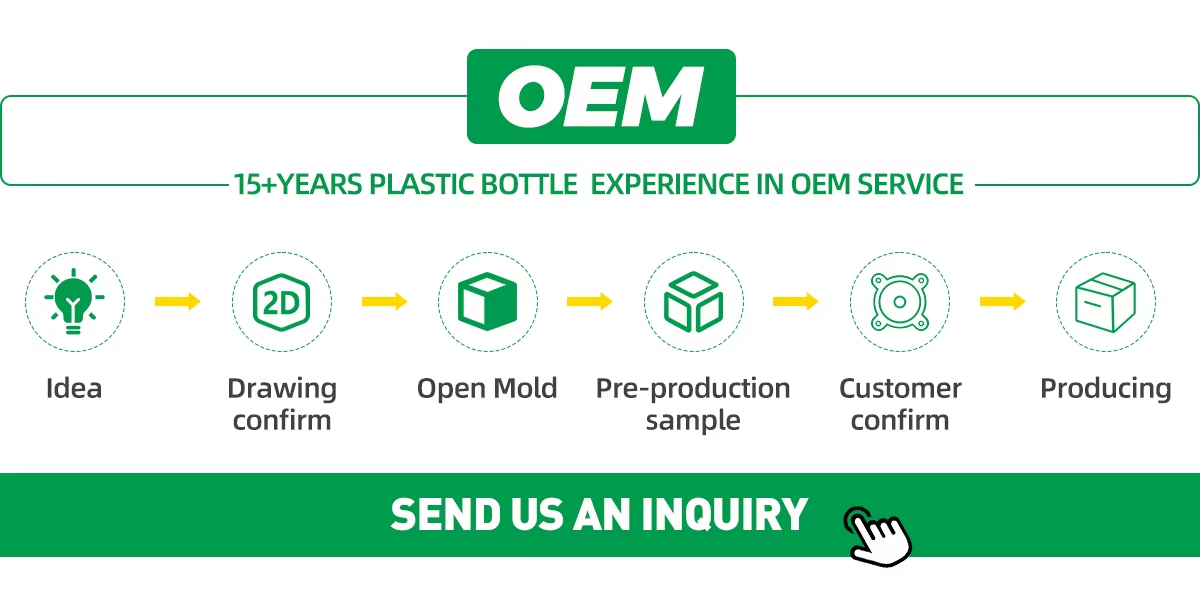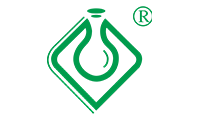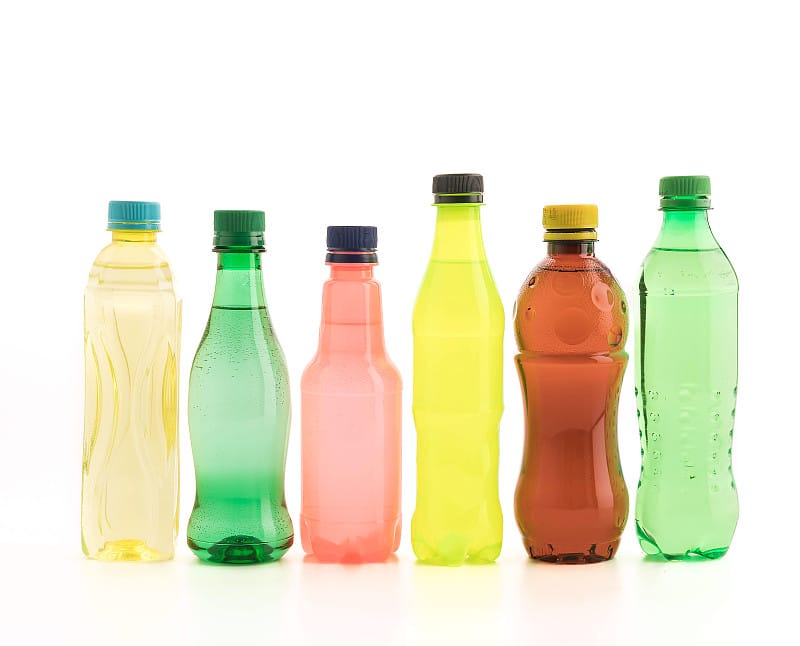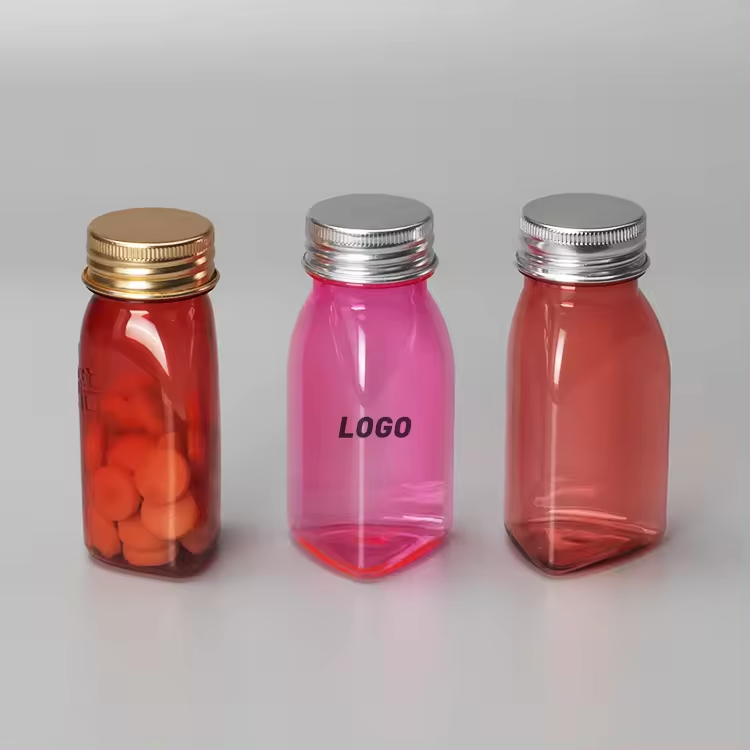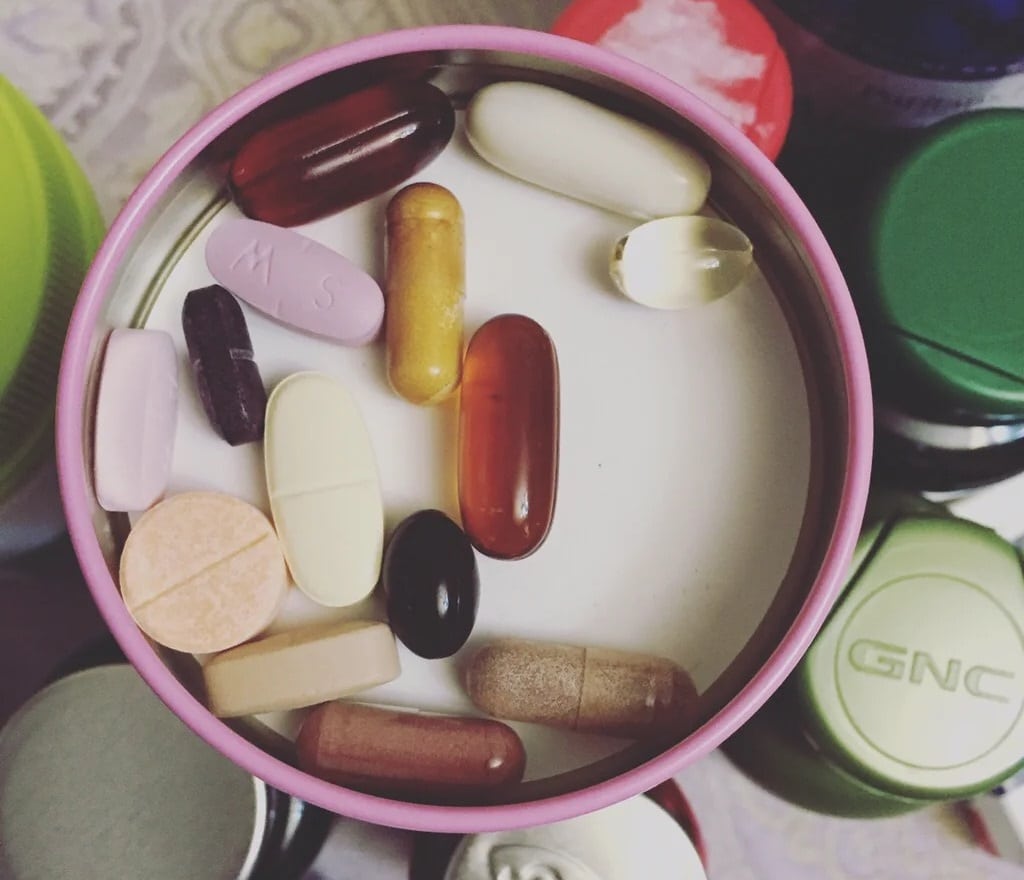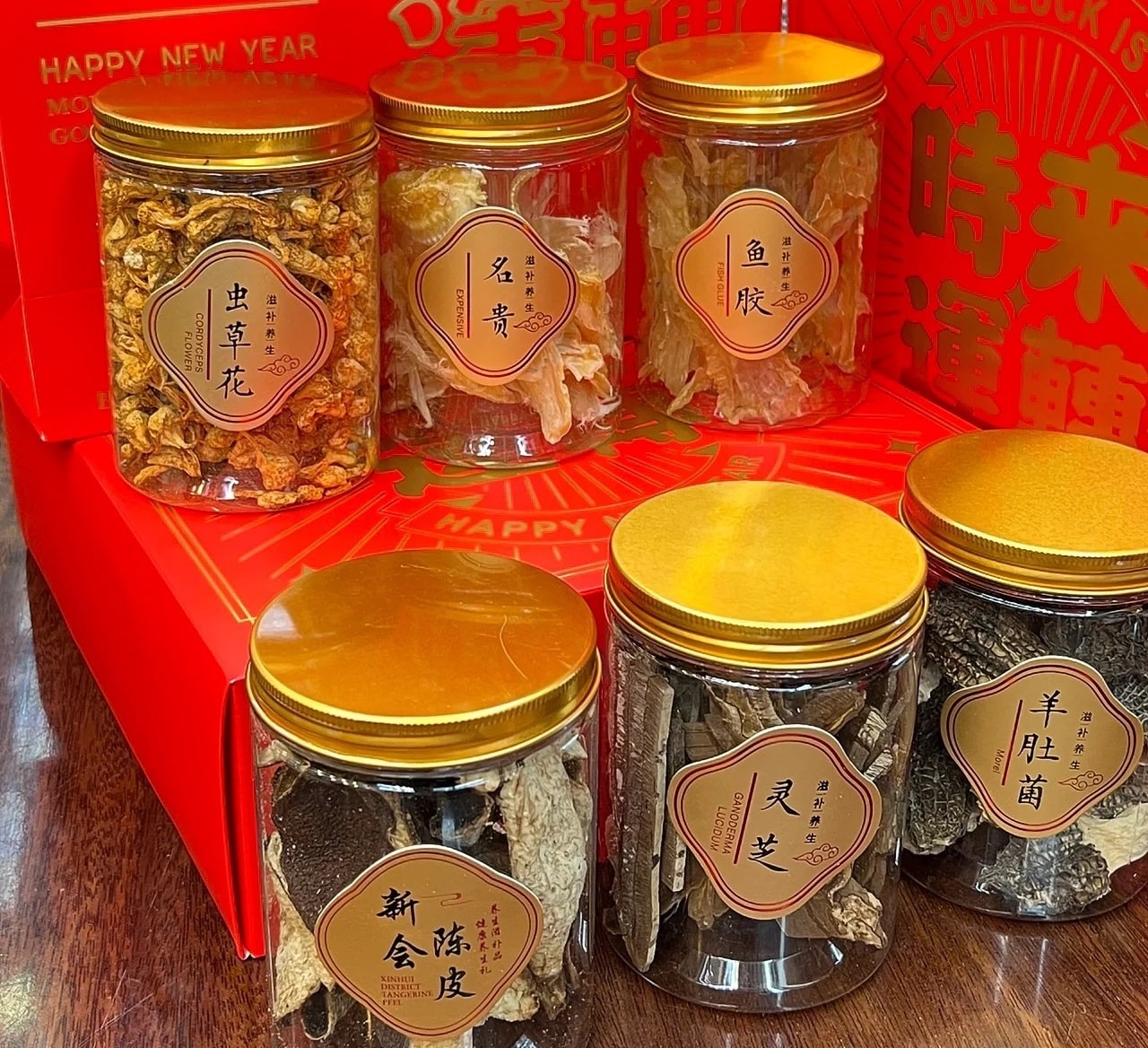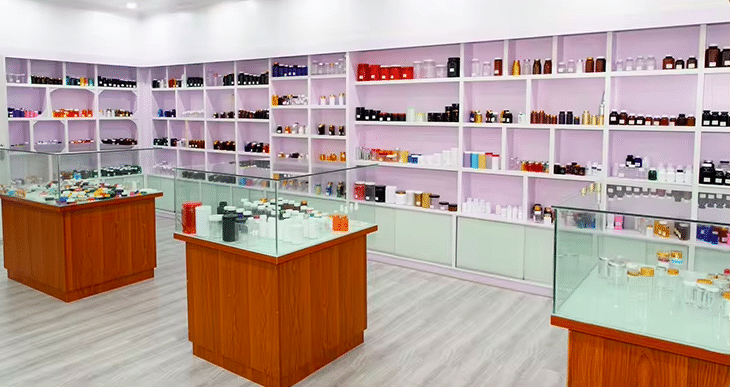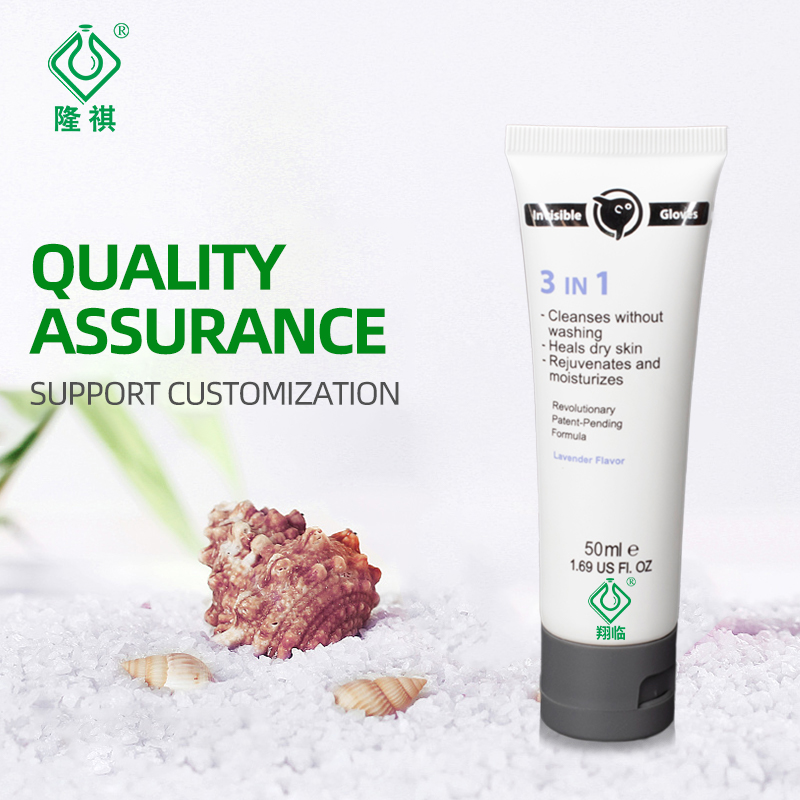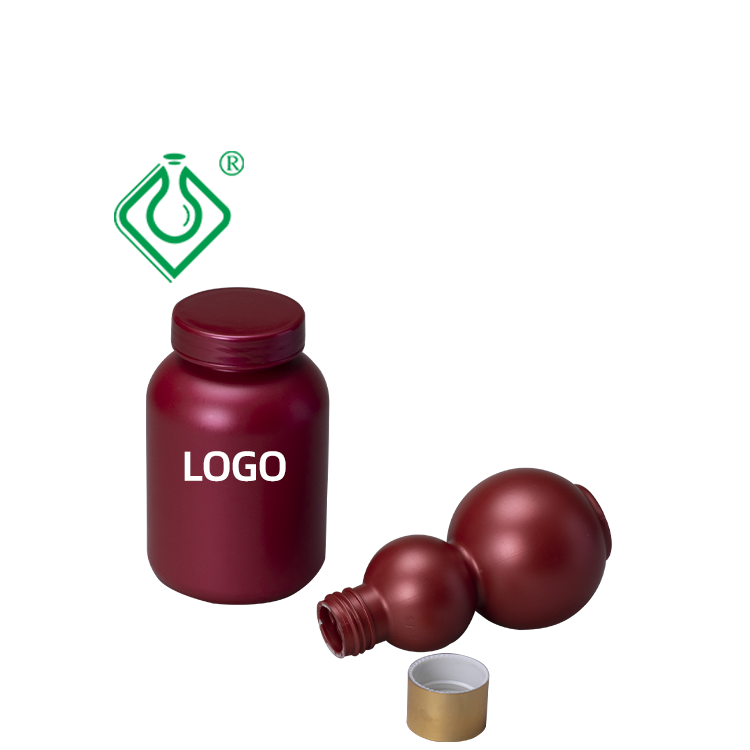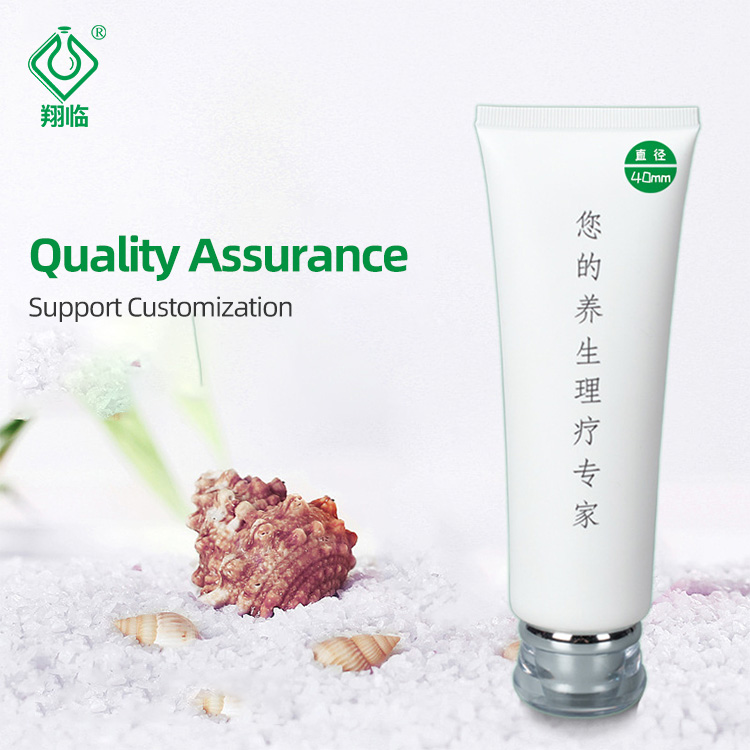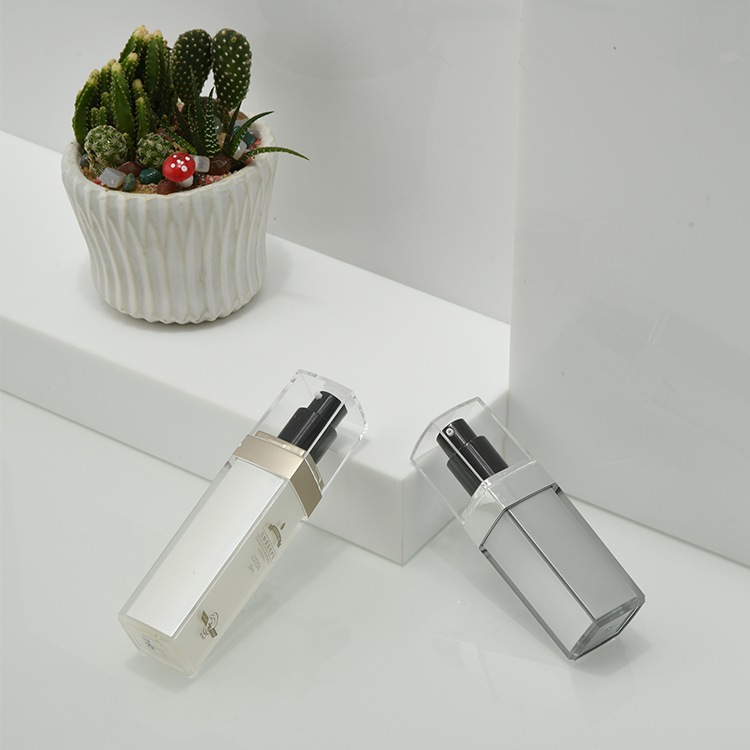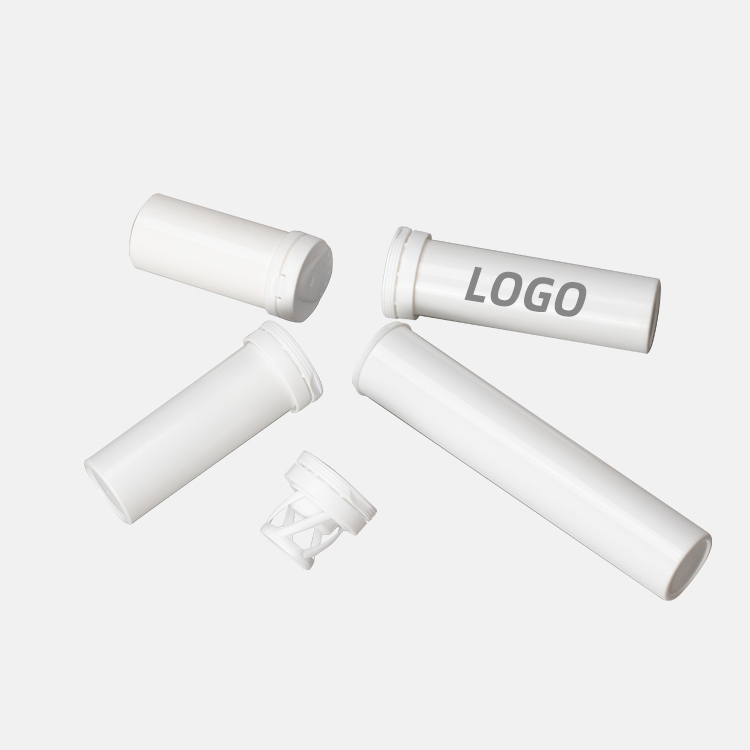The printing method of the tubes is closely related to the tubes manufacturing process. There are two main categories:
One is to make the tubes first and then print it, which is mainly used for extruded plastic tubes. The printing methods are mainly letterpress offset printing and screen printing;
The other is to print plastic film (or composite sheet) first and then make composite tubes. It is mainly used for all-plastic composite tubes and aluminum-plastic composite tubes. Using flexographic printing and gravure printing.
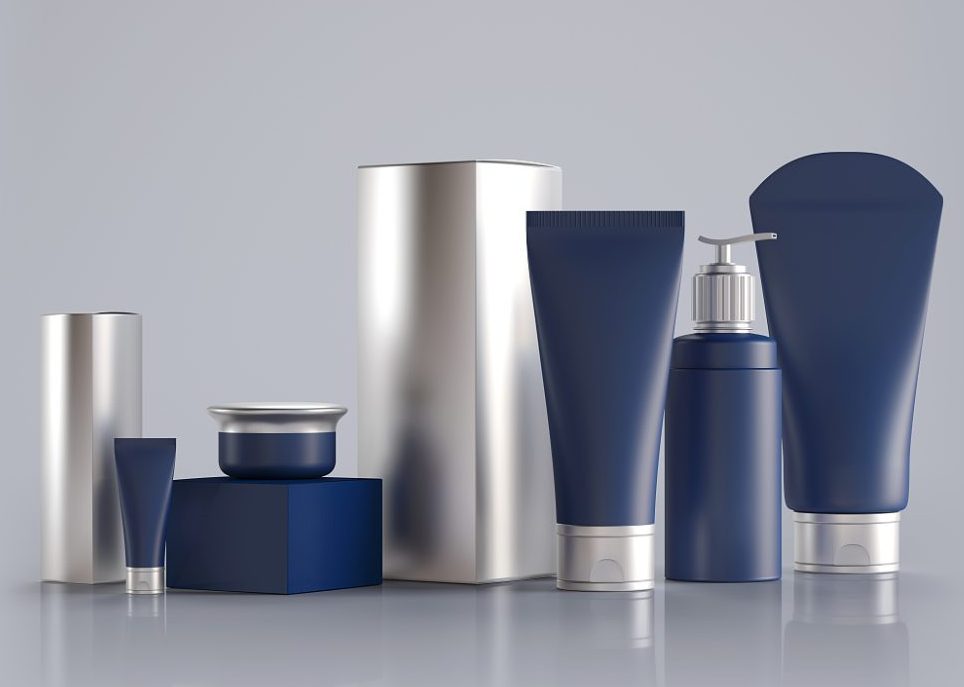
First: make the tubes first and then print.
After the tubes is formed, the printing method can choose letterpress offset printing or screen printing. Now. Letterpress offset printing occupies a major position, while screen printing is characterized by its distinctive features. It has become an indispensable supplementary printing method for letterpress offset printing.
1.letterpress offset printing
In tubes printing. Letterpress offset printing technology is different from paper offset printing in the usual sense. Some people vividly call it ‘Letter Set’.
The tubes letterpress offset printing process does not use water rollers. It uses paste ink with high viscosity. The ink fountain roller transfers the ink from the ink fountain to a set of rubber rollers. Through the inking roller, the ink is evenly distributed to the inking roller, and the inking roller transfers the ink to the graphic part of the relief plate attached to the printing plate roll.
The raised graphic part is about 0.50mm higher than the blank part. The ink on the printing plate is then transferred to the blanket of the squeegee. It is then transferred to the surface of the composite tubes.
The printing plate of letterpress offset printing is composed of a plate base and a photosensitive polymer layer. The plate base is generally metal or photosensitive polymer resin.
Advantages of letterpress offset printing:
(1) Good printing effect
The letterpress offset printing process has the characteristics of both letterpress printing and offset printing, and these two printing technologies are relatively mature. In four-color printing, the overprinting of four-color dots can be realized, compared with the screen printing method. The printing graphics of letterpress offset printing are relatively fine, so some gradients can be reproduced. A richer art design draft.
In the tubes letterpress offset printing process. In single-color printing, the screen line number can reach up to 175 lines/inch; in multi-color overprinting, the screen line number can reach 100-110 lines/inch. but. The color reproduction effect of this printing method is certainly not comparable to paper offset printing.
(2) Multi-color printing
In addition to CMYK four-color when using letterpress offset printing to print tubes. Some spot colors are often used in the packaging and decoration design for customers. Currently. Eight-color printing machines have appeared in the field of tubes offset printing internationally. Meet some customer specific requirements.
(3) Fast speed and high production capacity
In the fully automatic tubes production line. Tubes forming and printing in one go. The automatic tubes production line is composed of printing machine, extruder, injection head machine and film capping machine. The production speed of the whole production line can reach 1O0 pieces/minute. The printing speed of some letterpress offset printing machines specially used for tubes printing can reach 200 pieces per minute (the printing speed is related to the diameter of the tubes).
In addition, tubes printing machines are generally equipped with glazing units. Using uV ink and uV varnish. Realize the high-speed production of printing and glazing. On the production line. through the conveyor belt. The semi-finished product does not need manual handling to realize the one-time completion from extrusion to final product. Therefore, it can meet the requirements of large quantities of orders and ensure that the products are delivered on schedule.
(4) Low printing cost
Compared with screen printing. The printing cost of letterpress offset printing is relatively low. The reasons are: one. The price of toppan offset UV ink is cheaper than that of screen printing UV ink; Letterpress offset printing is an indirect printing method. It takes two transfers to transfer the ink from the printing plate to the surface of the tubes, so the ink film layer transferred to the surface of the tubes is obviously thinner. The amount of ink used is much less than that of screen printing; third. Toppan offset printing is fast. High throughput reduces printing costs per tubes.
(5) Stable quality and convenient detection
The automatic tubes production line is equipped with automatic camera and automatic pipe picking device. The automatic camera device stores the image information of standard products. Then scan the printed image of each tubes. Compared with the stored standard information, it can automatically judge whether the product is qualified or not. And remove the unqualified products. Product quality inspection is very convenient. The whole printing process ensures that the printing quality of the tube is within a stable range.
2.screen printing
In the tubes printing market. Screen printing has its own characteristics.
(1) The thick ink layer further highlights the value of screen printing.
The printing ink layer is thick and has a strong three-dimensional effect, and the high color saturation looks very bright. The whole picture achieves lifelike colors and attracts the attention of consumers.
It can effectively cover the color luster of the tubes itself, especially the dark-colored tubes after the entire tube is printed to show the beauty of radiance.
(2) Retain the texture of the special tubes
New products are emerging in the tubes packaging market. For example, the surface of some tubes is made of modified PE materials. This type of tubes has the characteristics of soft touch (SoftTouch). If letterpress offset printing is used. After printing, varnish is generally required to improve the wear resistance of the product, but the varnish covers the texture of the special tubes. However, if the screen printing process is used, the abrasion resistance requirements can be met without glazing after printing, so screen printing can maintain the texture of this special tubes to the greatest extent.
(3) Meet small batch production
The screen printing plate-making speed is fast, the equipment debugging time is short, and qualified products can be printed in a relatively short period of time, which meets the multi-batch and small-batch tubes printing business. For some tubes whose designs are frequently changed, screen printing is most suitable.
(4) tubes screen printing machine is developing towards full-automatic direction
From the front-end feeding device to the UV screen printing unit. After printing, the tubes is directly packaged, realizing fully automatic printing production. The speed reaches 50 pieces/min (tubes diameter 75mm).
Screen printing relies on its own characteristics to make up for the shortcomings of letterpress offset printing.
Second: First print on composite sheet (mostly white) or transparent plastic film. The former mainly uses flexographic printing, and the printing method is surface printing; the latter can use gravure printing, and the printing method is inner printing. Composite tubes are made after printing.
3.flexographic printing
(1) The advantages of line and solid printing are obvious.
With the improvement of flexographic plate making technology, flexographic printing has gradually been able to reproduce some more complicated originals. At present, the printed patterns on the surface of the composite tubes are mostly lines and solid color blocks, which just makes full use of the uniform and smooth ink color of the solid color blocks of flexographic printing. The advantage of good repeatability of color reproduction. For discerning customers who pay attention to brand image, flexographic printing just meets their requirements.
(2) Flexible. Easy to change jobs
The increasingly fierce competition in the market forces manufacturers to continue to introduce new ones. The launch cycle of new products is significantly shortened, and packaging design patterns are often changed.
First of all, compared with gravure plate making, the plate making cycle of flexographic plate is short, which shortens the production cycle. Secondly, when skilled workers operate the flexographic printing machine, the printing preparation time is short, and qualified products can be printed out quickly, and the printing cycle of each batch of products is significantly shortened. Again, for low-run tubes jobs, flexo printing is less costly than gravure printing. Because the production cost of the photosensitive resin plate is lower than that of the gravure printing plate, the flexographic plate is suitable for composite tubes printing with a small printing volume. Therefore, in the composite tubes printing market with multiple batches and short lead times, flexographic printing has the advantage of easy job replacement.
(3) Excellent tension control
The stretch resistance of plastic film is poor, and improper tension control during unwinding and printing will lead to deformation of the film and affect printing registration accuracy.
Flexographic printing machines generally adopt a two-stage tension control system. First, the magnetic powder brake is used to control the unwinding tension. When the unwinding tension changes suddenly, the tension floating roller swings from side to side to offset the change in tension and ensure that the tension in the printing area can be maintained. constant state. Some flexographic printing machines also have a traction roller controlled by an independent motor before the film enters the printing area, and the tension is adjusted according to the tension change. In the printing area, the tension control system is used to automatically compensate the loss of tension and maintain the tension within the range set by the user.
(4) Safety and environmental protection
High requirements are put forward for the safety and hygiene of food, medicine and other packaging. The composite plastic sheet or film is printed by a safe and environmentally friendly flexographic printing process, and then made into a composite tubes. Reach relevant health and safety standards, so flexographic UV printing has become an ideal way for food and pharmaceutical composite tube packaging printing.
4.gravure printing
In the production process of the composite tubes, the transparent plastic film can be gravure printed, and then compounded, cut and tubed after printing. In this process, gravure printing mainly has the following characteristics.
(1) The inner ink layer is not easy to wear
In the process of printing first and then compounding and tube making, the gravure printing adopts the method of inner printing to first print color ink on the surface of transparent plastic film, then print white ink, and then compound after film printing. The composite tubes adopting the inner printing method is not easy to wear and tear during transportation, circulation and daily use because the ink layer is covered with a film, and the appearance and decoration effect can be maintained for a long time.
(2) Fast printing speed
PE film is on a high-speed gravure printing production line, and the printing speed of PE film can reach 150-200 m/min. High-speed printing meets the requirements of large-volume composite tubes printing production, such as some daily chemical products orders, the number of tubes is as high as tens of millions, and gravure printing is the preferred printing method.
(3) Good printing effect
In composite tubes printing, gravure printing works slightly better than flexographic printing. The main reason is that the fineness of gravure printing is better than that of flexographic printing, and it can reproduce some gradient and detailed art design drafts.
Secondly, gravure printing has been used to print transparent plastic films for a long time, the technology is relatively mature, and the operators have accumulated rich experience, which helps to control the variable factors in printing and obtain good printing and reproduction effects.
(4) Green and environmental protection is the future development direction when composite tubes are used for food and drug packaging
In particular, the hygienic and safety of packaging materials are emphasized. Gravure printing must be based on the composite tubes printing market and must be continuously improved to meet environmental and hygienic requirements and meet the stringent hygienic and safety requirements of end users.
All in all, the characteristics of the consumer market and the production process of the tubes determine that the four printing methods – letterpress offset printing, screen printing, flexographic printing and gravure printing have their own market footholds. For tubes printing, none of the four printing methods is missing.
